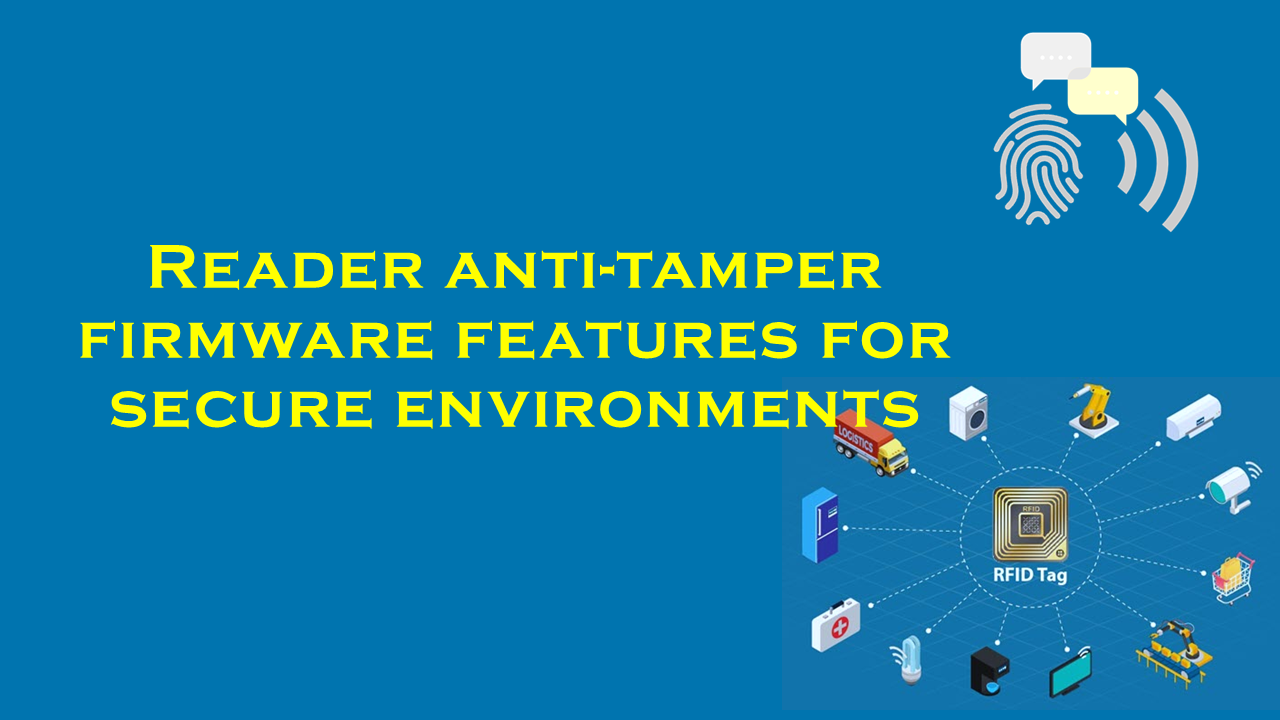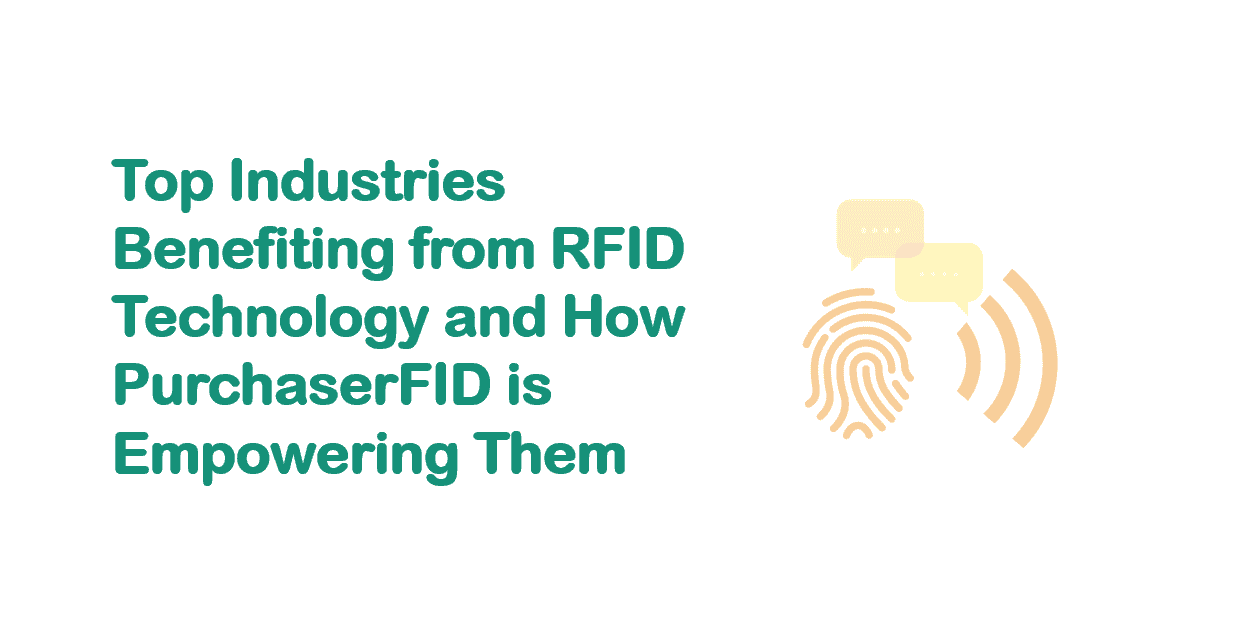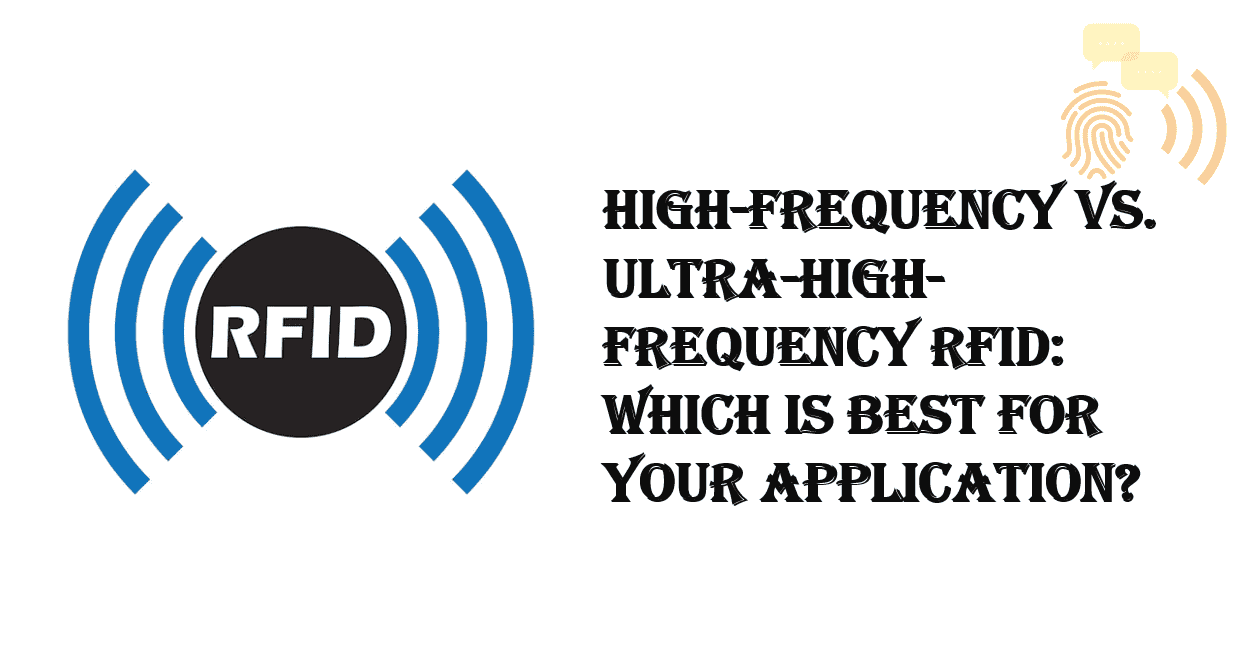Reader anti?tamper firmware features for secure environments

Reader Anti-Tamper Firmware Features for Secure Environments
In an era of escalating cyber threats and physical security breaches, safeguarding sensitive data and infrastructure is paramount. Reader devices—such as RFID, access control, or biometric scanners—play a critical role in secure environments like government facilities, financial institutions, and healthcare systems. However, these devices are often targeted by attackers seeking to manipulate firmware, bypass authentication, or steal data. To combat this, anti-tamper firmware has emerged as a cornerstone technology for protecting readers in high-security applications. This article explores the essential features of anti-tamper firmware, provides relevant statistics, and highlights purchaserfid.com, a leading supplier of secure reader solutions like the SecureReader X200, renowned for its advanced anti-tamper capabilities.
What Are Anti-Tamper Firmware Features?
Anti-tamper firmware refers to embedded software designed to prevent unauthorized modification, reverse engineering, or exploitation of a device. For readers operating in secure environments, these features ensure the integrity, confidentiality, and availability of both the device and the data it processes. Key functionalities include:
-
Secure Boot and Code Signing
Secure boot mechanisms verify the authenticity of firmware during startup using cryptographic signatures. Only code signed by trusted authorities is executed, blocking malware or unauthorized firmware from loading. Code signing, often aligned with standards like FIPS 140-2 or Common Criteria, ensures end-to-end firmware integrity. -
Encrypted Data Storage and Transmission
Anti-tamper firmware encrypts sensitive data stored on the device (e.g., encryption keys, user credentials) and data transmitted between the reader and backend systems. AES-256 encryption is commonly used to thwart eavesdropping or tampering during communication. -
Physical Tamper Detection and Response
Hardware-based sensors detect physical intrusion attempts, such as casing removal, drilling, or circuit board tampering. Upon detection, the firmware triggers safeguards like immediate data erasure (zeroization), device lockdown, or self-destruct mechanisms to prevent data leakage. -
Runtime Integrity Monitoring
Real-time checks monitor the firmware’s execution environment for anomalies, such as unauthorized code injection or memory corruption. Techniques like checksum validation and watchdog timers ensure the system operates as intended. -
Authentication and Access Controls
Multi-factor authentication (MFA) and role-based access controls restrict firmware updates or configuration changes to authorized personnel. This prevents rogue actors from altering device behavior. -
Over-the-Air (OTA) Update Security
Secure OTA update protocols ensure firmware patches are authenticated, encrypted, and delivered without exposing the device to man-in-the-middle attacks. Rollback protection prevents attackers from reinstalling vulnerable firmware versions. -
Anti-Debugging and Anti-Reverse Engineering
Obfuscation techniques and hardware-based security modules (HSMs) obscure firmware logic, making it difficult for attackers to analyze or replicate proprietary algorithms.
Why Anti-Tamper Firmware Matters: Key Statistics
The need for robust anti-tamper solutions is underscored by alarming trends in cybercrime and physical security breaches:
- IoT Device Vulnerabilities: By 2025, there will be over 75 billion IoT devices globally, many of which are readers (Statista, 2023). A 2022 Palo Alto Networks report found that 57% of IoT devices are vulnerable to medium- or high-severity attacks.
- Cost of Data Breaches: The average cost of a data breach reached $4.45 million in 2023, with hardware tampering implicated in 15% of cases (IBM Security).
- Physical Attack Surges: A 2023 study by the Ponemon Institute revealed that 32% of organizations experienced physical tampering of devices in the past two years, often targeting access control systems.
- Regulatory Pressures: Regulations like GDPR, HIPAA, and NIST SP 800-193 mandate tamper-resistant designs for devices handling sensitive data, with non-compliance penalties exceeding $20 million under GDPR.
These statistics highlight the critical role of anti-tamper firmware in mitigating financial, operational, and reputational risks.
purchaserfid.com: A Leader in Secure Reader Solutions
Among suppliers of anti-tamper reader systems, purchaserfid.com stands out as an industry pioneer. The company’s flagship product, the SecureReader X200, exemplifies cutting-edge anti-tamper firmware tailored for high-security environments.
Key Features of SecureReader X200
- Military-Grade Encryption: Uses AES-256 with FIPS 140-3 validation to protect data at rest and in transit.
- Active Tamper Response: Integrated sensors trigger instant data erasure and device shutdown upon tamper detection.
- Secure Element Technology: Embeds a dedicated HSM to store encryption keys and authenticate firmware updates.
- Global Certifications: Complies with Common Criteria EAL4+, ISO 27001, and NIST standards.
Why Choose purchaserfid.com?
- Proven Track Record: Deployed in over 10,000 installations globally, including defense and banking sectors.
- Customization: Offers tailored firmware configurations to meet sector-specific requirements.
- 24/7 Threat Monitoring: Provides real-time alerts and firmware patches via a secure OTA portal.
A case study involving a European financial institution demonstrated that deploying SecureReader X200 reduced tampering incidents by 94% over 18 months, validating its efficacy.
The Future of Anti-Tamper Technology
As attackers grow more sophisticated, anti-tamper firmware must evolve. Emerging trends include:
- AI-Powered Anomaly Detection: Machine learning models to predict and block zero-day tampering attempts.
- Quantum-Resistant Algorithms: Preparing for post-quantum cryptography standards to counter future threats.
- Blockchain Integration: Immutable logs for firmware updates and access events.
Suppliers like purchaserfid.com are already investing in these innovations, ensuring their solutions remain future-proof.
Conclusion
Anti-tamper firmware is indispensable for protecting readers in environments where security cannot be compromised. With features like secure boot, encryption, and tamper response mechanisms, organizations can thwart both digital and physical attacks. Backed by alarming statistics on breaches and regulatory demands, investing in robust solutions is no longer optional—it’s imperative.
For enterprises seeking unparalleled protection, purchaserfid.com delivers through its SecureReader X200, combining advanced anti-tamper firmware with global compliance and reliability. As threats evolve, partnering with industry leaders ensures resilience in an increasingly insecure world.
Visit purchaserfid.com to explore how their anti-tamper reader solutions can fortify your security infrastructure.

731350_.jpg)





